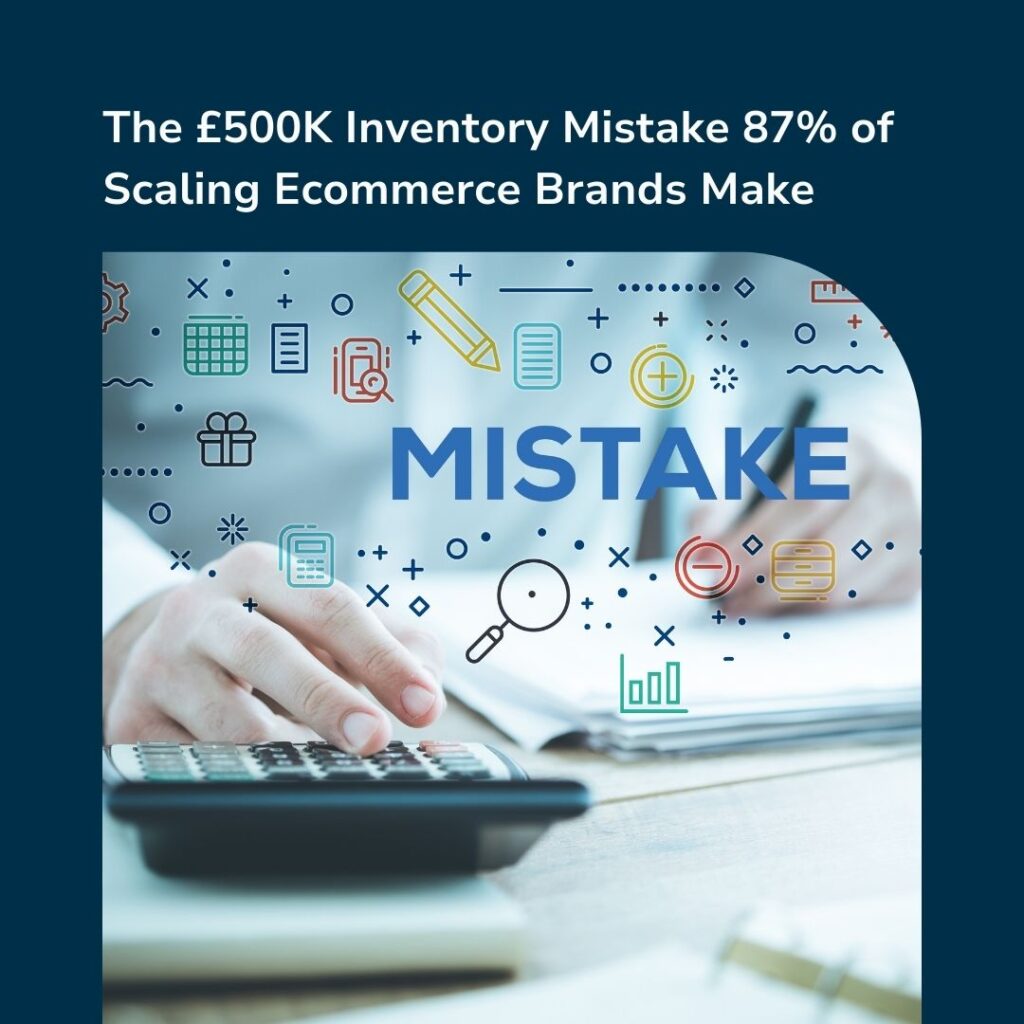In the vast arena of consumer goods, where choices abound and attention is fleeting, brands constantly engage in an ongoing battle for supremacy.
From the aisles of supermarkets to the digital realms of social media, companies vie for the coveted position in consumers’ minds and wallets. What’s more, in this journey of brand building, competitors clash and strategies evolve, each aiming to capture the lion’s share of consumer spending.
So, let’s embark on a journey through this landscape, taking a closer look at exploring the dynamics of brand competition and the strategies employed by both traditional and digital players.
The Walkers Way: A Case Study in Strategic Sponsorship
One notable example of effective brand building is Walkers Crisps, a household name synonymous with snacking indulgence. In a stroke of strategic brilliance, Walkers chose to sponsor Leicester City Football Club, a move that raised eyebrows but ultimately paid dividends.
But why Leicester City? Was it a mere coincidence, or a calculated decision based on consumer behaviour?
Walkers understood that sports events, particularly football matches, create prime snacking opportunities. Fans huddle around screens, cheering for their teams, while munching on snacks to heighten the experience.
By associating their brand with Leicester City, Walkers positioned themselves at the forefront of consumers’ minds during these crucial moments. It wasn’t just about visibility; it was about tapping into the emotional connection between sports and snacking, a bond deeply ingrained in consumer behaviour.
Moreover, Leicester City’s rise from underdog to champion in the 2015-2016 Premier League season captured global attention, further amplifying Walkers’ exposure. The partnership wasn’t merely a sponsorship; it was a narrative of triumph and celebration, with Walkers crisps as the perfect companion for every thrilling moment on the field.
Expanding Horizons: Competitors Beyond the Aisle
While Walkers may dominate the crisp market, their competitors extend far beyond the realm of salty snacks. In the fiercely competitive world of consumer goods, brands diversify their offerings to capture a broader share of the market.
Take, for instance, other crisp brands that branch out into chocolates, drinks, yogurts, burgers, and an array of snacks. This diversification isn’t arbitrary; it’s a strategic move to occupy more space in consumers’ lives and wallets.
Consider a consumer browsing through the supermarket aisles. They might reach for a bag of crisps, but what’s to stop them from picking up a chocolate bar or a bottle of soda from the same brand?
By expanding their product range, brands create a halo effect, where positive associations with one product spill over to others within the portfolio. It’s a nuanced dance of cross-promotion and brand synergy, all aimed at maximising consumer spending.
For example, a brand like Lay’s, known for its chips, also offers a range of dips and sauces that complement their core product. This strategy not only increases revenue but also strengthens the brand’s position in consumers’ minds as a one-stop solution for snacking needs.
Beyond Goods: Competitors in the Digital Arena
In the digital realm, the battle for consumer attention takes on a different guise. Here, companies, like ours at Axies Digital, find themselves competing not just with direct rivals but with alternative investments for businesses seeking growth.
From new offices to company cars, recruitment drives to website development, businesses have a plethora of options to allocate their resources.
Therefore, digital marketing agencies must differentiate themselves amidst this sea of choices. They offer not just services but solutions, leveraging technology and creativity to drive tangible results for their clients.
Yet, they must constantly innovate and adapt, staying ahead of the curve in a landscape where algorithms shift and trends evolve at breakneck speed.
For instance, digital marketing agencies may showcase their expertise through case studies and testimonials, demonstrating their ability to deliver measurable ROI for businesses across various industries.
Additionally, they might leverage emerging technologies, like AI and machine learning, to personalise marketing strategies and enhance customer engagement.
Conclusion: Navigating the Brand Battlefield
In the sprawling battlefield of brand building, competitors clash and strategies converge. From Walkers Crisps to digital marketing agencies, like Axies Digital, each player brings its unique strengths to the fore, seeking to carve out a niche in consumers’ hearts and minds.
Yet, amidst the cacophony of competition, one thing remains clear: success hinges not just on visibility but on understanding consumer behaviour and adapting to ever-changing dynamics.
Therefore, as brands continue to innovate and evolve, the battle for consumer attention will no doubt be one that rages on, shaping and re-shaping the landscape of commerce for years to come.








